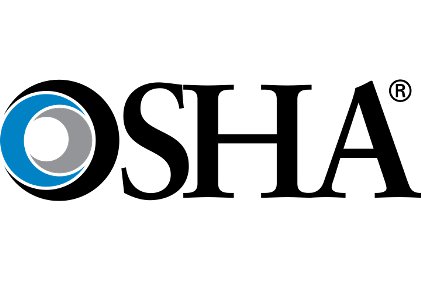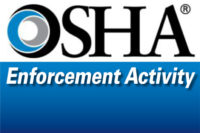 OSHA has cited Nuway Tobacco Co. for 22 alleged serious violations of workplace safety and health standards at its South Windsor manufacturing facility. The tobacco sheet manufacturer faces $59,869 in proposed fines following an inspection by the agency’s Hartford Area office.
OSHA has cited Nuway Tobacco Co. for 22 alleged serious violations of workplace safety and health standards at its South Windsor manufacturing facility. The tobacco sheet manufacturer faces $59,869 in proposed fines following an inspection by the agency’s Hartford Area office.
A serious violation occurs when there is substantial probability that death or serious physical harm could result from a hazard about which the employer knew or should have known.
Inspectors found workers exposed to fire and explosion hazards from both combustible tobacco dust generated by the manufacturing process and from the lack of equipment and procedures to prevent the spread of dust fires and explosions. Specifically, accumulated tobacco dust up to one inch thick were found on light fixtures, electrical enclosures, ducts, pipes, equipment and other surfaces in the plant's grinding room; the processing system allowed the escape and buildup of combustible dust in the work area; processing machinery lacked interlock and isolation systems to shut down equipment and prevent or limit the spread of a dust fire or explosion; and protective systems, such as sprinklers and explosion vents, had not been inspected, tested and maintained on a regular basis.
OSHA’s Warren Simpson called the hazard real and present.
"A dust fire or explosion can be catastrophic and result in deaths, injuries and the destruction of entire buildings," said Simpson.
The agency also found workers exposed to falls from equipment and work platforms that lacked guardrails; laceration, amputation and crushing hazards from unguarded moving machine parts; and electrocution from ungrounded or exposed wiring. Workers also lacked training, protective equipment and safe work practices when performing troubleshooting on live electrical equipment.
Nuway Tobacco Co., which manufactures tobacco sheets used as filler and wrappers for cigars, has 15 business days from receipt of the citations to comply, meet with OSHA's area director or contest the citations and proposed penalties before the independent Occupational Safety and Health Review Commission. The inspection, which began in October 2012, was conducted under OSHA's Site-Specific Targeting Program that directs enforcement resources to workplaces where the highest rates of injuries and illnesses occur.



